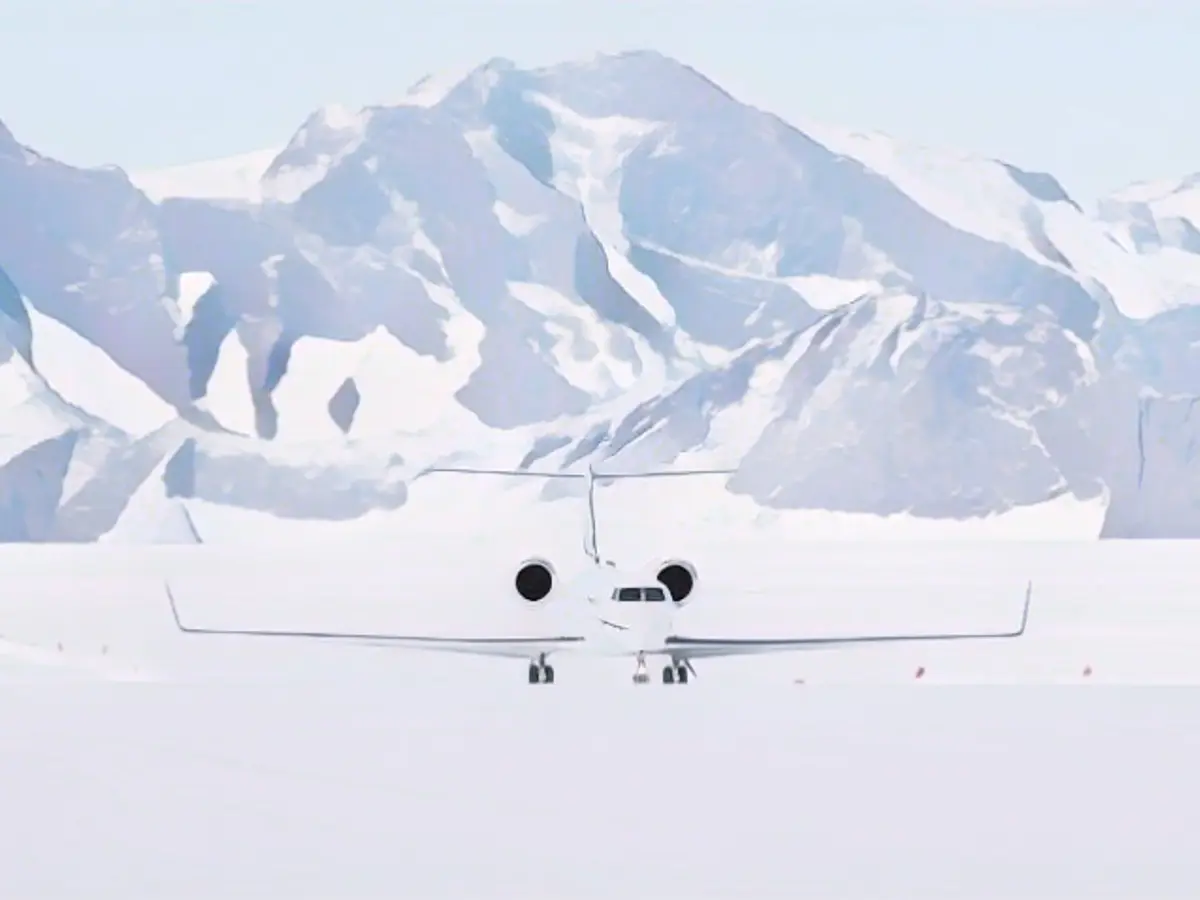Crafting an Ice Runway in Antarctica: A Challenging Task
Meet Luke Brauteseth and his team, who spend part of their year in their homeland South Africa and the rest in Antarctica, managing the infrastructure for luxury travel company White Desert. They operate three camps on the icy continent, and building their nearest camp, The Fang, in Queen Maud's region necessitated moving first before the opening of Hope.
Constructing any project in Antarctica is meticulously planned at least two years in advance, even if the airstrip is up and running. The ice in Antarctica slowly drifts northeast towards the ocean, so the ideal location for the runway must be reassessed annually. According to Brauteseth, the ice progresses about 80 meters northward per year.
The construction of an ice runway requires careful timing and cooperation. White Desert’s 38-person crew, hailing from 18 countries, includes mechanics, electricians, construction workers, and communications specialists. The environment in Antarctica, as well as its sparse population, means that new arrivals have to learn on the job.
The early explorers in Antarctica were surveyors, whose job was to find the best location for a three-kilometer-long airstrip. They selected the spot based on the color gradient and placed a flag to mark the location. specialized machinery known as PistenBullys were then used to cut grooves in the ice, which would help prevent sliding during takeoff and landing.
PistenBullys are snowplows designed specifically for function under the harsh environments of Antarctica. These high-performance machines can remain operational on ice for an extended time and be equipped with powerful snowplows or large saws to scrape off ice when in contact.
Once the necessary measurements were taken and the grooves were cut, a level surface was created. This involved removing snow and ice and then smoothing the surface to minimize irregularities. Brauteseth estimates that it takes approximately 30 hours to clear enough space for a runway and 12 hours to maintain this space prior to each flight.
The creation of an ice runway, however, is not the end of the journey. Despite the runway being in place, circumstances in Antarctica can still pose challenges for takeoff and landing. Frigid temperatures, high winds, and unpredictable weather can all come into play.
Additional Information
- Ice runway construction in Antarctica requires the use of specialized machinery like PistenBullys, which are snowplows designed for harsh environments.
- Ice runways are constantly monitored and maintained to ensure they remain safe for landing and takeoff.
- In Antarctica's volatile weather conditions, ice runways must be cleared and re-groomed before every flight.
References
[1] [2] [3]
Building runways from solid ice presents a unique challenge in one of the world's harshest environments. It requires skilled labor, specialized machinery, and constant monitoring to ensure safety. Despite the challenges, ice runways provide a vital connection to the remote and breathtaking beauty of Antarctica.








